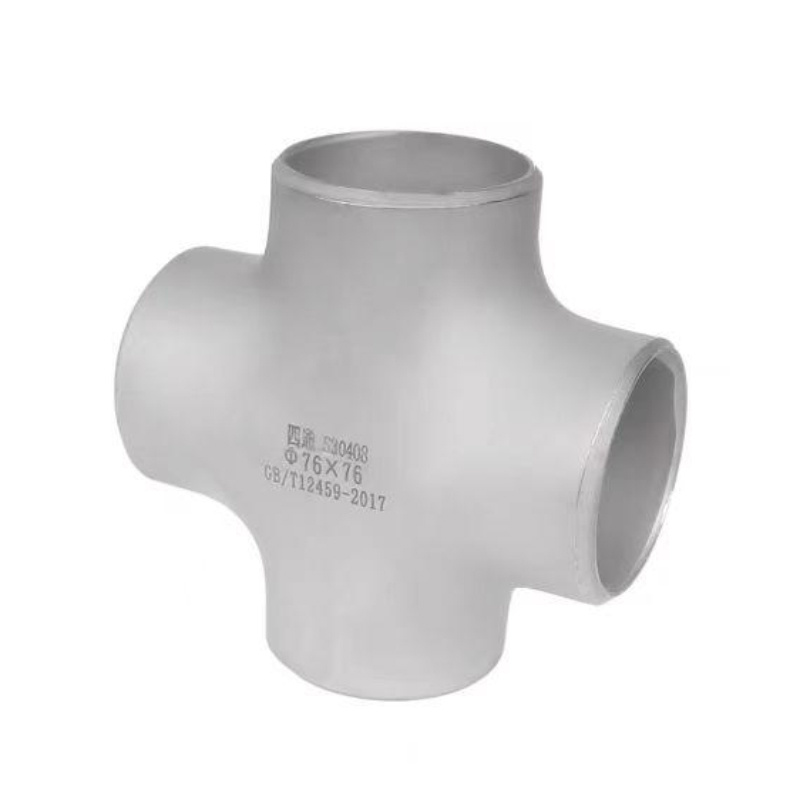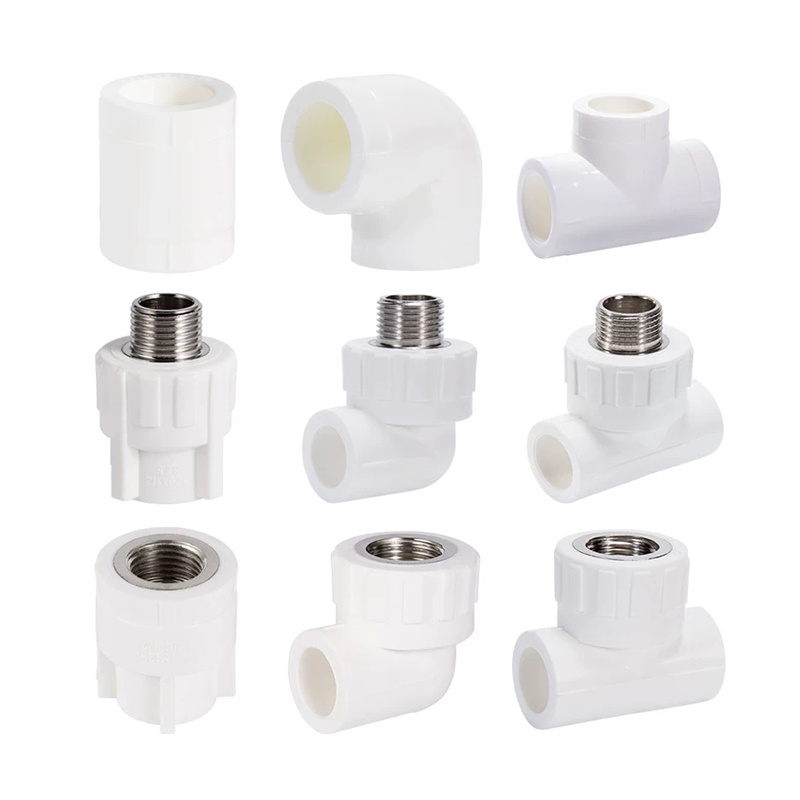

Carbon steel pipe is a type of steel pipe that is made primarily from carbon and iron. It is widely used in various industries due to its strength, durability, and cost-effectiveness. Here are some key points about carbon steel pipes:
Composition
● Carbon Content: The carbon content in carbon steel can vary, typically ranging from 0.05% to 2.0%. The higher the carbon content, the stronger and harder the steel becomes, but it may also become less ductile.
● Other Elements: Besides carbon, carbon steel may contain small amounts of other elements like manganese, phosphorus, sulfur, and silicon, which can influence its properties.
Types
1. Low Carbon Steel Pipe: Contains up to 0.25% carbon. It is ductile and easily welded, making it suitable for applications like structural and mechanical purposes.
2. Medium Carbon Steel Pipe: Contains approximately 0.25% to 0.6% carbon. It offers a good balance between strength and ductility, making it suitable for high-stress applications.
3. High Carbon Steel Pipe: Contains about 0.6% to 2.0% carbon. It is very strong and hard but less ductile, making it more challenging to weld.
Applications
● Oil and Gas: Used in pipelines for transporting oil, gas, and other fluids.
● Construction: Used for structural applications such as beams, columns, and supports.
● Automotive: Employed in manufacturing various automotive parts.
● Manufacturing: Used in the production of machinery and equipment.
Advantages
● Strength and Durability: Carbon steel pipes are known for their high tensile strength and ability to withstand high pressures.
● Cost-Effectiveness: They are generally less expensive than other types of steel pipes, such as stainless steel.
● Versatility: Suitable for a wide range of applications across different industries.
Disadvantages
● Corrosion Resistance: Carbon steel pipes are prone to rust and corrosion if not properly coated or treated, particularly in moist or corrosive environments.
● Welding Challenges: Higher carbon content can make welding more challenging due to the potential for cracking.
Standards and Specifications
Carbon steel pipes are manufactured according to various standards, such as:
● ASTM (American Society for Testing and Materials): Standards like ASTM A106 for seamless carbon steel pipes and ASTM A53 for welded and seamless pipes.
● API (American Petroleum Institute): Standards for oil and gas industry applications.
Maintenance
Proper maintenance, including regular inspections and protective coatings, can help extend the life of carbon steel pipes and prevent corrosion.
In summary, carbon steel pipes are a fundamental component in many industries due to their favorable mechanical properties and cost-effectiveness, but they require appropriate handling and maintenance to mitigate corrosion risks.
Keywords


Carbon Steel Pipe
Contact Us
Classification
Get A Quote
NOTE: Please leave your email, our professional person will contact you asap!




